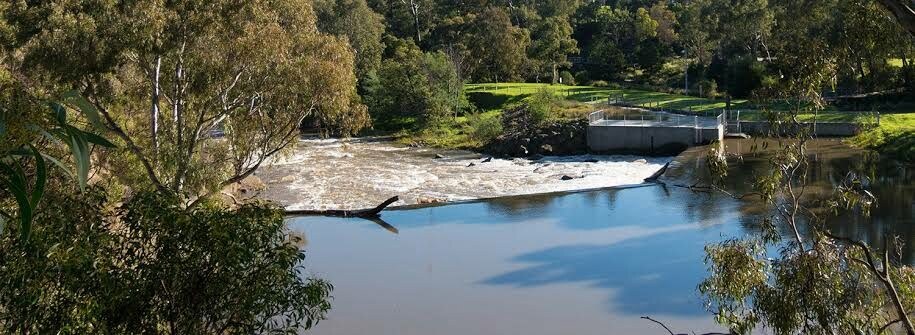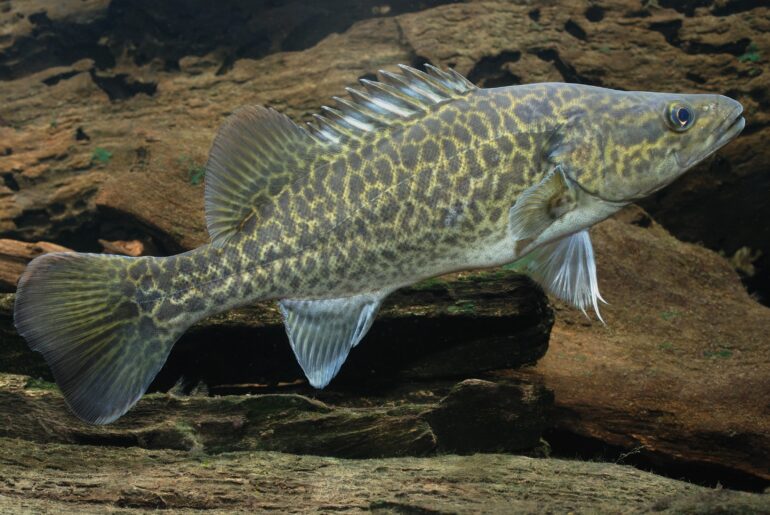The original weir at Dights Falls dated back to 1895 when a timber structure was built across the Yarra River to provide water to the Melbourne Flour Milling Company, run by the Hon. James Bell. The weir plays an important role controlling water levels in the Yarra – pooling water for approximately 17 kilometres upstream and protecting important social, economic and environmental values of the river. The original weir also had historical value and Heritage Victoria approved the replacement of the weir and the fishway construction. A Cultural Heritage Management Plan was also approved for the project, recognising the significance of Dights Falls to the Wurundjeri people; the traditional owners of the area.

The weir was the most significant fish barrier in the Yarra System, if not Victoria. The rebuilding of the new weir and fishway commenced in 2010 as the existing weir and fishway where past their lifespan. The fishway became operational in November 2012. It consists of 2 fishways – vertical slot for the majority of the lift and rock ramp leading up to the entry of the vertical slot. This video takes you through the construction of the fishway:
Monitoring has shown that the vertical slot fishway is operating as expected and passing a good variety and quantity of fish, including Australian Grayling and Tupong, but that there is an access issue with the rock ramp when flows increase above 1000 Mega Liters a day. Bathometry survey, modelling and observation of the rock ramp are helping us to plan the optimisation of the combined fishways.
Grates covering the fishways have now been replaced and allow for disabled, bicycle and large groups directly above the fishway. It is a fine place for a photo opportunity with the magnificent outcrops on the opposite bank, or to look down and imagine the fish working their way upstream. Monitoring has provided invaluable insights in how to best to actively manage the site. An important point is that fishways are not “set and forget” assets – monitoring of function and maintenance is required – particularly due to the range and characteristics of the fish species we are managing. Ongoing monitoring and maintenance of the site will ensure that fish can continue upstream for generations to come.
Related stories
Read more at Melbourne Water website
Innovations in vertical slot fishway design
Why we need to understand the flow of water for our fish to thrive



